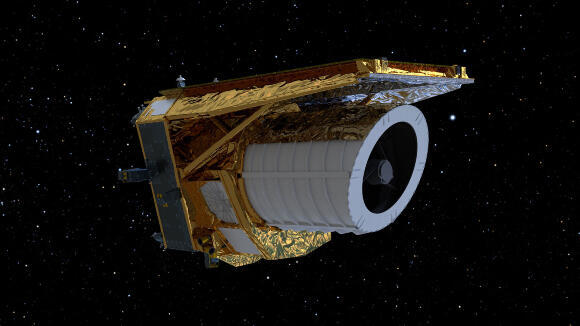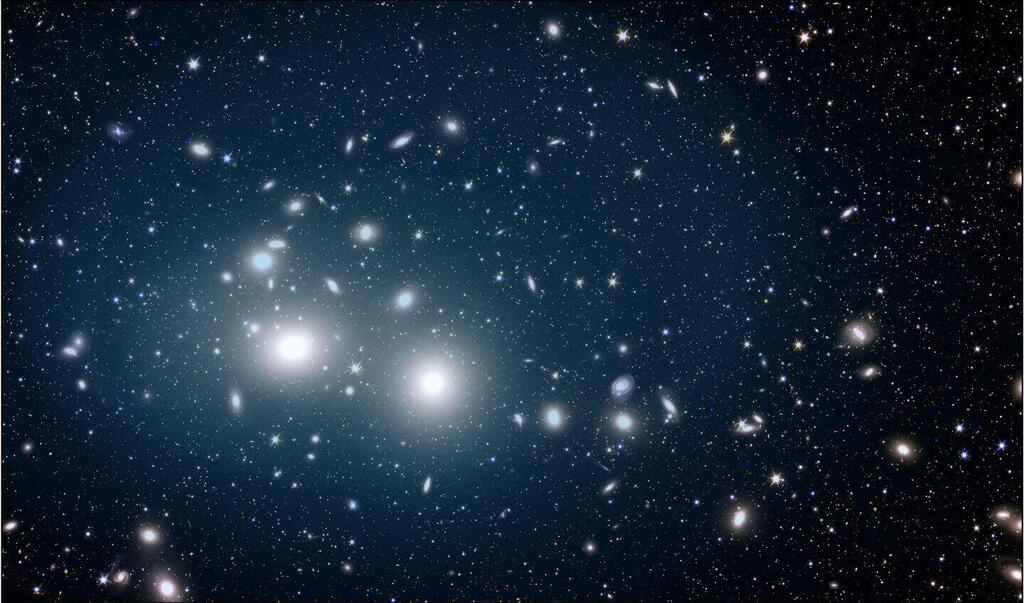The Euclid space telescope, a mission by the European Space Agency, discovered seven new rogue planets, also known as free-floating gas giants, at least four times the mass of Jupiter, found in the Orion Nebula approximately 1,500 light-years away. It has also confirmed the existence of dozens of other previously detected rogue planets.
Rogue planets, not bound to any star, experience perpetual night and are believed to have the potential to host life. Scientists estimate there may be trillions of them throughout the Milky Way.
The telescope has produced a catalog with over 11 million visible-light and 5 million infrared celestial objects, covering approximately 35% of space and capturing galaxies up to 10 billion years old.
Euclid's images include the Messier 78 nebula, the Abell 2390 and 2764 galaxy clusters, the NGC 6744 spiral galaxy, and the Dorado group of evolving and merging galaxies.
2 View gallery


From searching for dark matter to returning to the ice age. The European Space Agency's Euclid space telescope
(Illustration: ESA)
Euclid's mission is to help astronomers understand two major mysteries of the universe: dark matter, the invisible glue that groups galaxies, and dark energy, the force pushing them apart, as scientists believe that 95% of the universe is made up of these phenomena.
The Euclid Consortium, comprising over 2,600 members, will release more scientific data focusing on Euclid's major objectives in upcoming publications, with rapid worldwide data releases planned for 2025 and broader data releases by 2026, continuing until 2031.
This article was written in collaboration with Generative AI news company Alchemiq
Sources: Mashable, O Globo, Stait Times, Ars Technica, National Geographic


